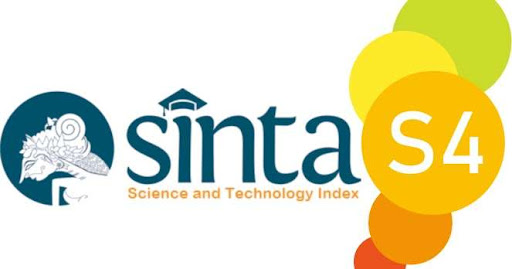PREPOSISI TUNGGALDI- DAN PADA- DAN TERJEMAHANNYA DALAM BAHASA INGGRIS
Abstract
ABSTRACT
The usage of preposition in Indonesian sentences may also happen in English sentences because preposition is part of both grammars. The forms of preposition that applied in Indonesian language and also applied in English language are simple preposition and complex preposition.
Generally, preposition is determined by the constituent that follows, such as noun, verb, and adjective, and also its meaning. This rule is in both language, Indonesian and English. Therefore sometimes, there is one preposition is translated into some prepositions in English, where it depends on the meaning of the preposition.
The scope discussions of this research are the translations of preposition di- and pada- into English by using the translations of 40 grade sixth students of Cerdas Mandiri Primary School, in school year 2010 – 2011 and analyze the meaning of preposition and the translation forms used. This research used qualitative method where the data were preposition di- and pada- and their translations in English. The students were asked to translate an Indonesian text ‘Pantai Kuta’ into English. The data then were analyzed by using the theoretical framework and also were explained in description.
The general results of this research were preposition in and at were the general translations for preposition di- and pada-. But their usages in sentences could be determined by their meanings that were place and time. Preposition di- had dominantly meaning of place in its translation and also in SL, meanwhile preposition pada- had the meaning of place and time in SL but was commonly used to state the meaning of time in English. For the form of translation, it was formal equivalence used most of the time than textual equivalence with the purpose of trying to follow the system of the sentence in SL in translating it into TL to avoid delivering incorrect meaning.
Key words: Simple preposition, Translation, Source language, Target Language.













